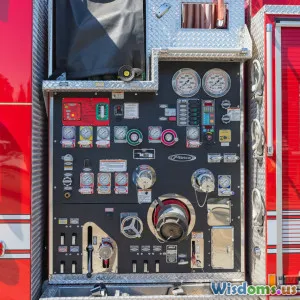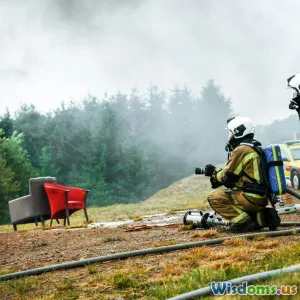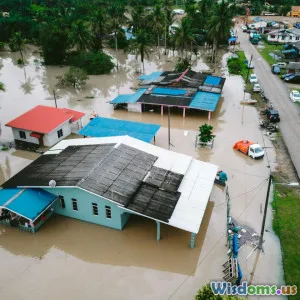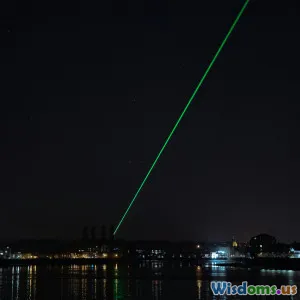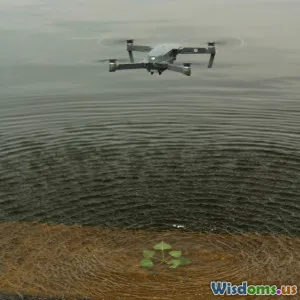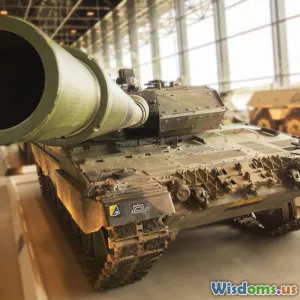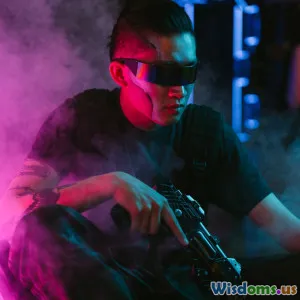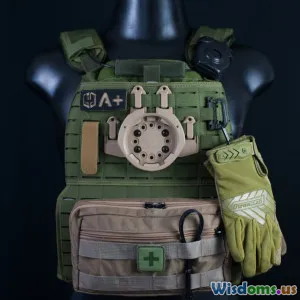
AI in CBRN Defense Will Robots Replace First Responders
13 min read Explore how AI-powered robotics are transforming CBRN defense and if robots will eventually replace human first responders. (0 Reviews)
AI in CBRN Defense: Will Robots Replace First Responders?
The specter of Chemical, Biological, Radiological, and Nuclear (CBRN) threats is not new—but the technology meant to combat them is evolving rapidly. As artificial intelligence and robotics grow in prominence, a compelling question arises: Will robots and AI eventually replace human first responders in extremely hazardous CBRN scenarios? This article delves into this high-stakes intersection, dissecting technological realities, possibilities, and the irreplaceable qualities of human responders.
The Stakes: CBRN Threats and the Human Cost
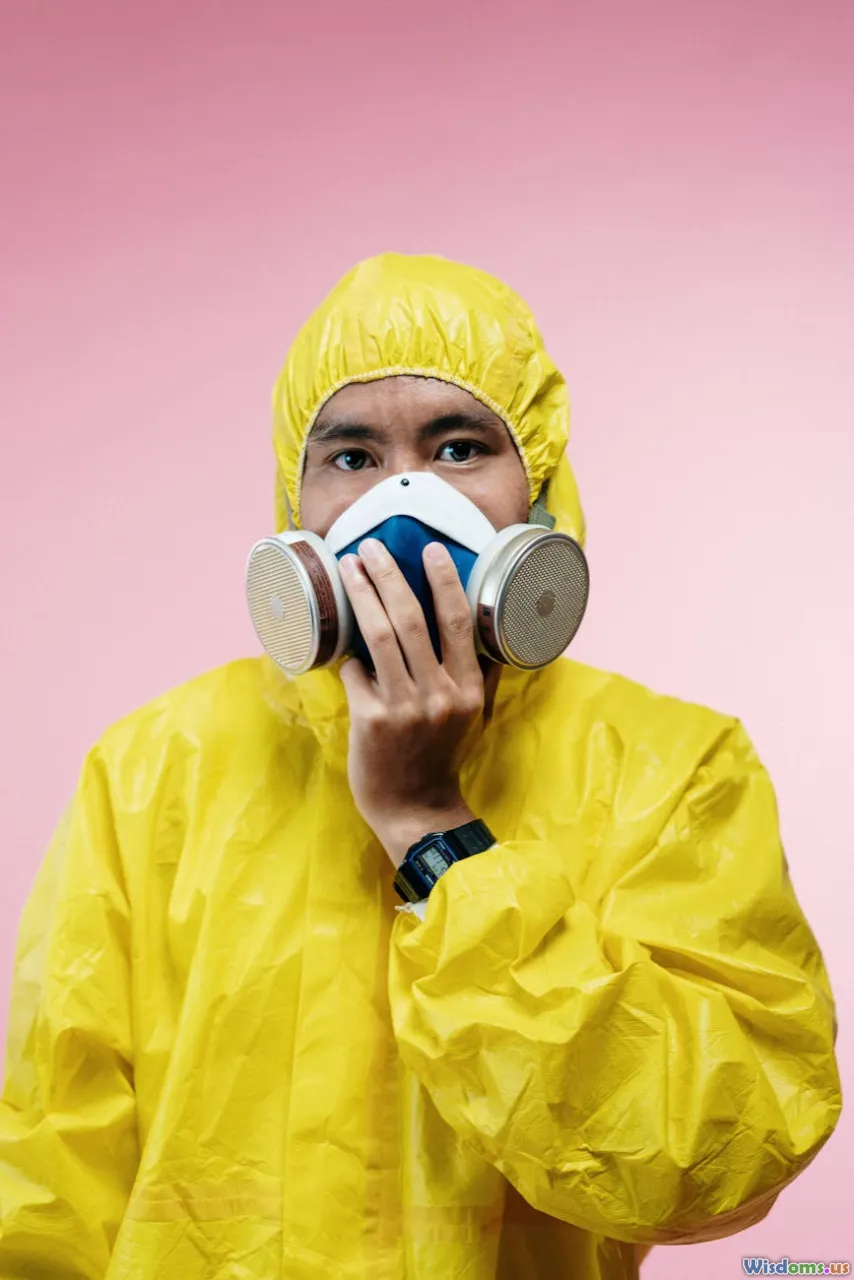
CBRN incidents rank among the most dangerous emergencies encountered globally. From industrial chemical leaks and radiological accidents to terrorist attacks involving biological or nuclear materials, these events can devastate populations, infrastructure, and environments in mere hours. Historically, human first responders—paramedics, firefighters, hazmat teams, military specialists—are often the first line of defense, grappling with life-or-death decisions in perilous, unpredictable conditions.
Past incidents drive home the peril:
- Chernobyl Nuclear Disaster (1986): First responders risked and, in many cases, lost their lives to contain the disaster’s fallout.
- Tokyo Subway Sarin Attack (1995): Human responders braved unknown toxins to save victims.
Despite advances in personal protective equipment (PPE) and detection tools, humans remain vulnerable—sometimes fatally—when entering contaminated "hot zones." The pressing need to minimize human exposure underpins efforts to embed artificial intelligence and robotic technologies into CBRN defense strategies.
Robotics in the Hot Zone: Current Capabilities and Limitations
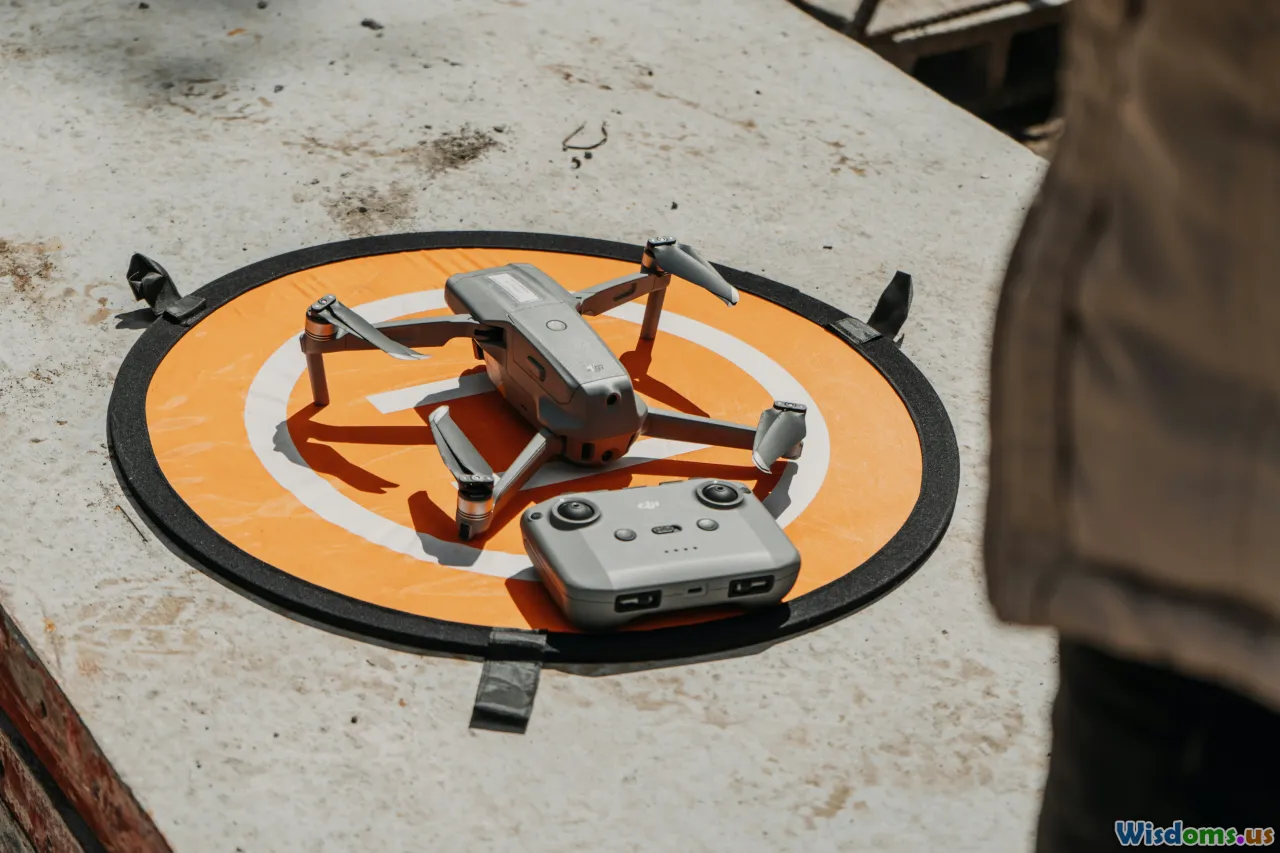
Robots are already valuable assets in CBRN environments, offering remote-operated capabilities for tasks too dangerous or tedious for humans. Examples include:
- Remote Ground Vehicles: Devices like iRobot’s 510 Packbot or Teledyne FLIR’s PackBot robots have entered nuclear plants, scout disaster zones, and deploy sensors for chemical and radiological analysis.
- Aerial Drones: Drones equipped with gas sensors have mapped chemical leaks and measured radiation levels over vast territories after wildfires at Chernobyl in 2020 or during chemical fires in industrial parks.
- Autonomous Decontamination Systems: Mobile robots like the Chernobyl S.T.A.R. robot focus on scrubbing contaminated areas, acting as machine “janitors” for radioactive dust.
Yet, these platforms are heavily reliant on teleoperation, with human experts guiding them via remote controls. Robotic arms struggle with tasks requiring dexterity or nuanced environmental judgement, and uncertainties in sensor feedback can limit their autonomous utility.
Real-World Example: After the 2011 Fukushima Daiichi nuclear crisis, Japanese officials tried to send multiple robot models into the reactors. Many machines failed, overwhelmed by complex obstacles, confusing layouts, or extremes of heat and radiation. It was not until months later that robots designed for Mars and bomb disposal outperformed manpower—but only to a limited extent.
The Power of AI: Automating Threat Detection and Decision-Making

Artificial intelligence is transforming CBRN response—not just with physical robots, but by powering advanced threat detection and workflow management. Key applications include:
-
Sensor Fusion: AI algorithms aggregate readings from chemical detectors, radiological sensors, surveillance cameras, and drones, providing a unified situational picture.
-
Predictive Analytics: By rapidly analyzing complex data, AI can predict plume dispersal patterns, model contamination spread, and suggest optimal evacuation routes. In 2018, the U.S. military’s Joint Program Executive Office for CBRN Defense demonstrated “Reconnaissance and Threat Assessment” software using AI to recommend safe passages through simulated battlefield hazards.
-
Autonomous Navigation: Machine learning enables mobile robots to map cluttered interiors or negotiate unpredictable terrains—in chemical facility fires, for example—reducing demand for constant remote human control.
-
Real-Time Decision Support: Digital twin simulations (AI-powered virtual models of real environments) let command teams test remediation strategies virtually before deploying them.
This AI revolution promises safer, faster, and more accurate risk management. However, machine “intelligence” is often brittle. While an AI can excel in clear, repeatable tasks—such as ruling out the presence of certain chemicals—it may misinterpret novel or ambiguous sensor data, especially in dynamic and unfamiliar crisis scenes.
Human Resilience vs. Machine Efficiency: The Critical Comparison
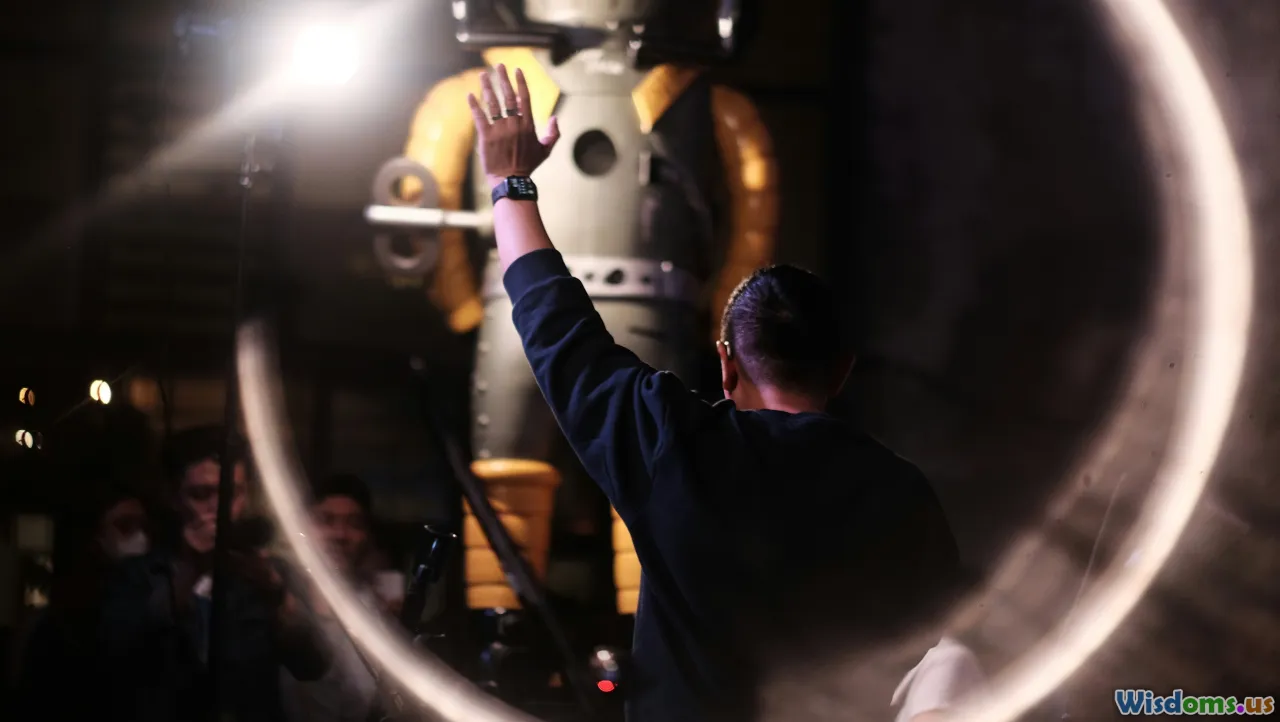
Can robots and AI truly replace what human first responders provide? Consider the following core strengths:
Strengths of Human First Responders
- Situational Adaptability: Humans can perceive and interpret context beyond a robot’s scripts—for example, detecting subtle signs of secondary hazards, lifethreatening medical emergencies, or distressed survivors hidden from line-of-sight sensors.
- Moral Judgment: In crises, responders make complex ethical and legal decisions: how to triage, when to risk further rescue attempts, or how to balance containment with rescue attempts.
- Empathy and Communication: Comforting victims or relaying reassurance can be lifesaving, reducing shock and panic.
Advantages of Robotic and AI Systems
- Hazard Tolerance: Robots can absorb exposures to deadly agents unacceptable for any human.
- Constancy: Machines don’t tire, panic, or succumb to stress. They can operate continuously in toxic environments, providing round-the-clock presence.
Reality Check: No AI or robot currently matches the flexibility, discretion, or improvisational savvy of an experienced first responder. The most advanced systems today are "force multipliers"—supporting, not supplanting, human teams. The unique combination of creative problem-solving, compassion, and adaptability remains a distinctly human edge.
Emerging Technologies: What the Next Decade Might Hold
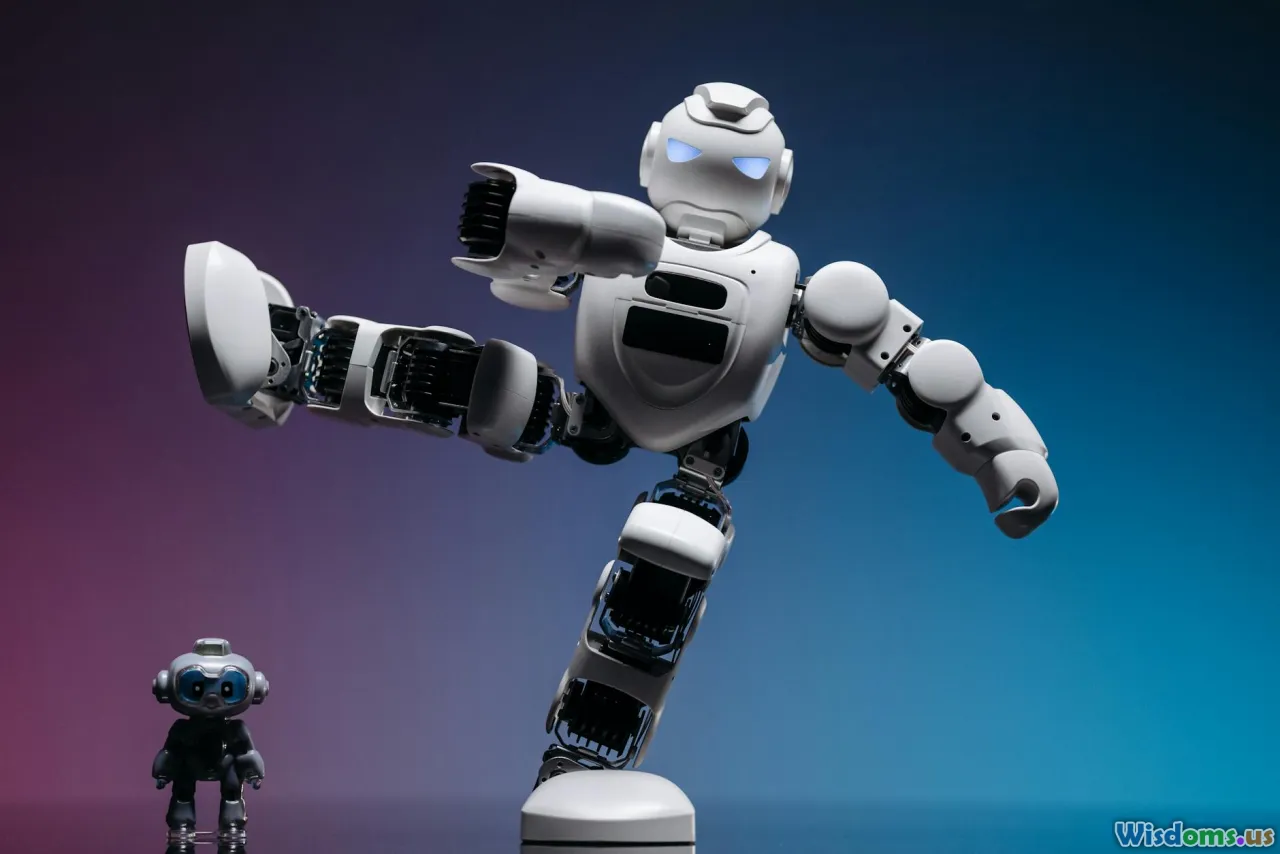
Ambitious research is pushing AI and robotics to new frontiers likely to reshape CBRN defense:
1. Swarm Robotics:
- Augmenting remediation efforts by deploying dozens or hundreds of small, collaborative robots. Each unit is cheap and easily replaced, covering terrain faster and gathering abundant, distributed sensor data.
- Early field tests in the EU’s NIFTy (Novel Integrated Field Technology) project demonstrated swarms mapping simulated hazardous gas leaks in industrial complexes.
2. Soft Robotics:
- Devices mimicking the flexibility and maneuverability of living organisms allow robots to creep through debris, crawl under rubble, or manipulate fragile labware—tasks conventional robots find difficult. Carnegie Mellon and Harvard engineers have built prototype "octopus" arms for delicate exploration of hazardous sites.
3. Enhanced Human-Robot Collaboration:
- New human-machine interfaces (gesture, voice, AR) allow responders to direct robots even under stress or while encumbered by protective gear.
- Wearable AI-powered augmented reality (AR) displays fuse live environmental data with mapped threats, keeping all team members informed instantly.
4. Bio-Inspired Sensors and AI:
- AI mimicking canine olfactory senses or bioengineered materials can someday outperform both traditional detectors and bomb-sniffing dogs in identifying traces of chemicals, nitrates, or pathogens.
While these breakthroughs are promising, they are incremental. It’s unlikely that thinking machines or robots will replace the improvisational and emotional intelligence of first responders—at least in the foreseeable future. In reality, progress leans toward a hybrid approach: technology handling the dirtiest, most repetitive, and most dangerous jobs while humans make critical decisions and provide personal care.
New Challenges: Security, Trust, and Training in an Automated CBRN Response
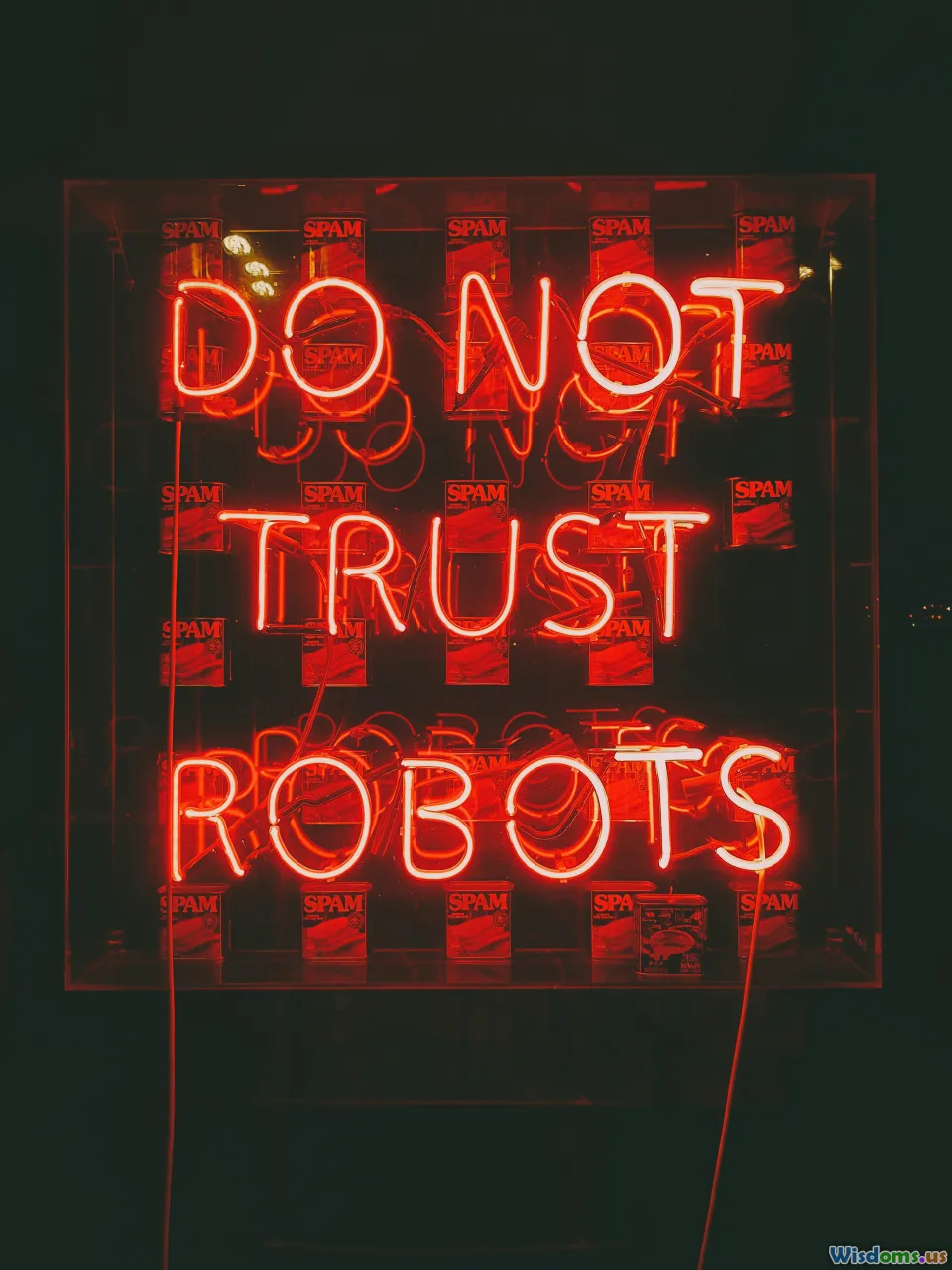
The fusion of AI/robotics into emergency response brings novel risks. Systemic vulnerabilities—cyberattacks, remote hijacking of robot assets, or AI sensor spoofing—could paralyze response workflows at critical moments. For instance, military analysts warn that enemy actors might jam radio frequencies or feed false data to autonomous systems, luring robots into hazards.
A successful hybrid CBRN strategy will require:
- Embedded Cybersecurity: Designing “zero-trust” robot operating systems and frequent software patching embedded into emergency protocols.
- Transparent AI Decision-Making: Enabling explainable AI (XAI) so responders can understand, contest, or override automated choices when lives are on the line.
- Cross-Training Teams: Ensuring responders are as comfortable running diagnostics on a robot or overriding automated plans as they are administering first aid or donning hazmat gear. The US Defense Threat Reduction Agency, for example, now integrates robotics and AI education into its hazardous materials responder curriculum.
- Community Engagement: Educating the public about robot-assisted interventions can build trust, avoid panic, and help identify and report system misuse or malfunction fast.
The Road Ahead: Collaboration over Replacement
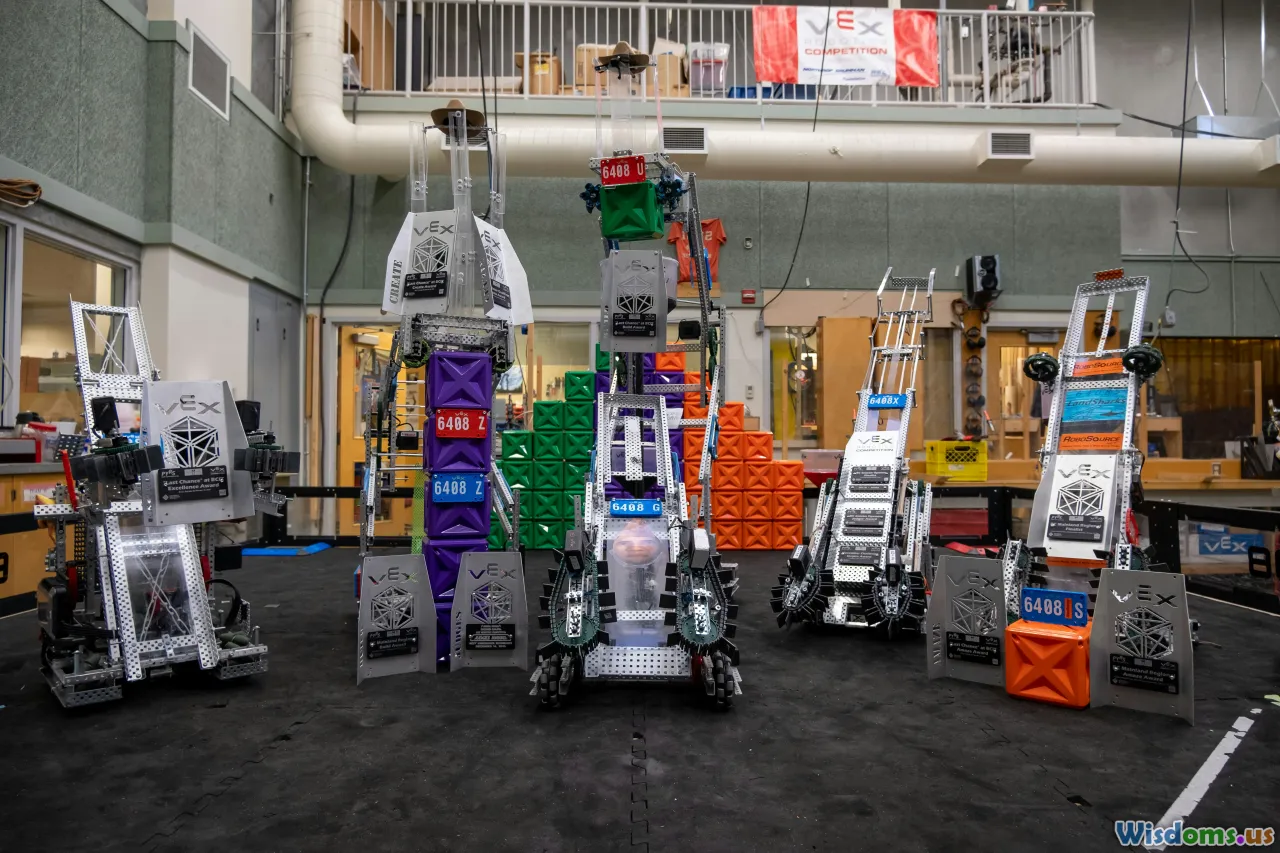
In the end, the intent of integrating AI and robots into CBRN defense isn’t about removing humans from the equation. It’s about amplifying their strengths while shielding them from unnecessary peril. In the complex interplay between hazards, technology, and humanity—collaboration proves far more valuable than replacement.
Emergencies involving chemical, biological, radiological, or nuclear agents will always test the limits of both machines and people. As we continually improve the algorithms and automata that explore danger so humans don’t have to, one truth stands firm: CBRN defense is a domain where courage, compassion, and technology must all work hand-in-hand to save lives.
Rate the Post
User Reviews
Other posts in Artificial Intelligence
Popular Posts










